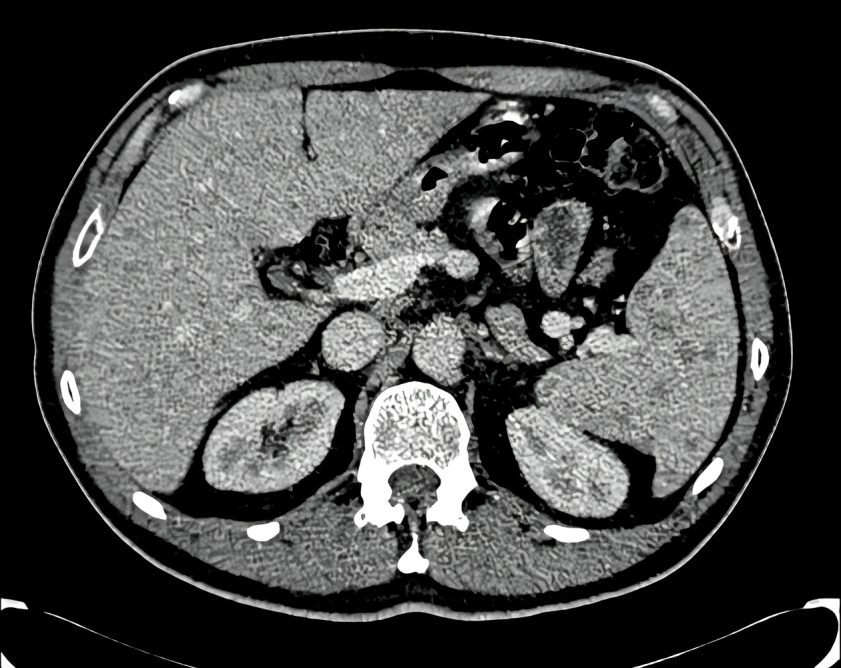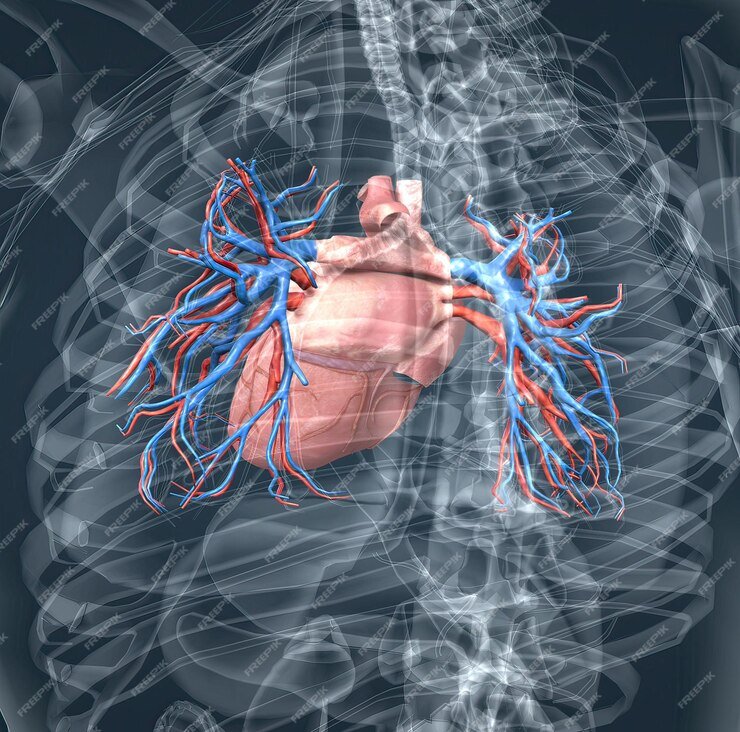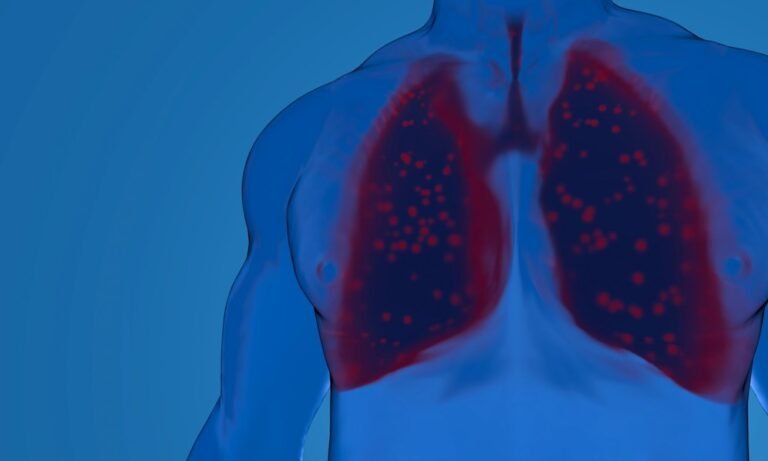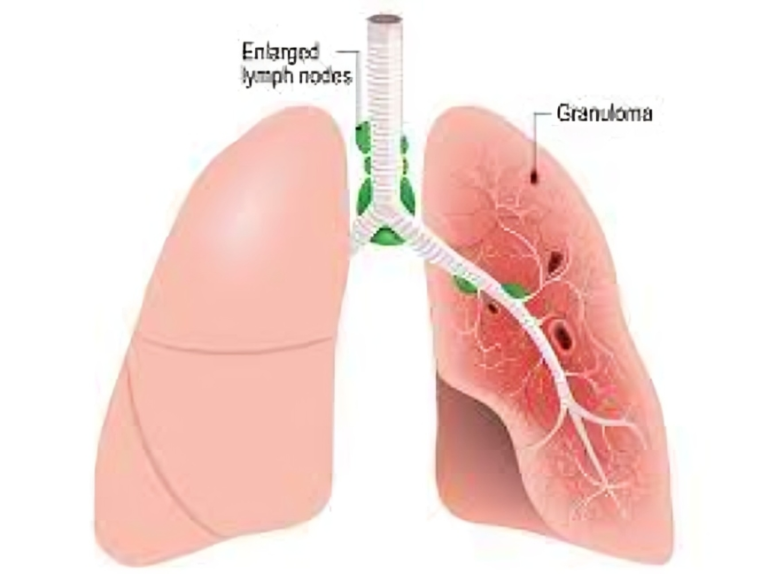Decoding Sarcoidosis: Exploring the Complexities of a Multisystem Disorder.
Sarcoidosis, a multisystem disorder characterized by the formation of granulomas, remains a medical enigma, posing challenges for both patients and healthcare professionals. In this article, we embark on a journey to decode the complexities of sarcoidosis, shedding light on its varied manifestations, diagnostic approaches, and the impact it has on individuals navigating this intricate medical condition.
To Know More About It Please Click Here
Understanding Sarcoidosis
- Granuloma Formation:
- Sarcoidosis is marked by the formation of granulomas—small, clumped masses of immune cells—typically in the lungs and lymph nodes.
- These granulomas can affect various organs, leading to a multisystem disorder with diverse symptoms.
- Variable Symptoms:
- Sarcoidosis presents with a wide range of symptoms, making it a challenging condition to diagnose.
- Common symptoms include persistent cough, shortness of breath, fatigue, skin lesions, and swollen lymph nodes.
- Multisystem Impact:
- Organs commonly affected by sarcoidosis include the lungs, skin, eyes, heart, and nervous system.
- The variability in organ involvement contributes to the complexity of managing and treating the disorder.
Diagnostic Approaches
- Clinical Assessment:
- Diagnosis often begins with a thorough clinical assessment, considering the patient’s medical history, symptoms, and physical examination.
- Identifying specific organ involvement guides further diagnostic investigations.
- Imaging Studies:
- Imaging techniques, such as chest X-rays and CT scans, help visualize granulomas in affected organs, aiding in diagnosis and monitoring disease progression.
- Biopsy:
- A biopsy remains a cornerstone in confirming sarcoidosis. Tissue samples from affected organs, often obtained through bronchoscopy or skin biopsy, reveal characteristic granulomas.
Treatment Strategies
- Corticosteroids:
- Corticosteroids are frequently prescribed to reduce inflammation and suppress the immune response.
- While effective, long-term use may lead to side effects, necessitating careful monitoring.
- Immunosuppressive Agents:
- In cases where corticosteroids are not well-tolerated or prove insufficient, immunosuppressive agents may be employed to modulate the immune system.
- Biological Therapies:
- Emerging biological therapies aim to target specific pathways in the immune system, providing more targeted and potentially effective treatment options.
Navigating Life with Sarcoidosis
- Individualized Care:
- Sarcoidosis is unique to each patient, requiring an individualized approach to care.
- Regular monitoring and adjustments in treatment plans are crucial to address evolving symptoms and disease activity.
- Emotional Support:
- Living with a chronic condition like sarcoidosis can be emotionally challenging. Support groups and counseling services offer a valuable network for individuals to share experiences and coping strategies.
- Research and Advocacy:
- Engaging in research and advocacy efforts contributes to increased awareness, improved treatment options, and a sense of empowerment for those affected by sarcoidosis.
Conclusion
Decoding the complexities of sarcoidosis is an ongoing journey, and as medical research advances, our understanding of this multisystem disorder continues to deepen. By exploring its varied manifestations, diagnostic approaches, and evolving treatment strategies, we pave the way for enhanced patient care and improved outcomes. As we unravel the mysteries of sarcoidosis, we foster hope for a future where individuals facing this intricate medical condition can navigate their journey with resilience, support, and a comprehensive understanding of their health.
For any further queries, Plz visit https://delhichestspecialist.com/ or you can check our social media accounts, Facebook, Instagram Twitter








